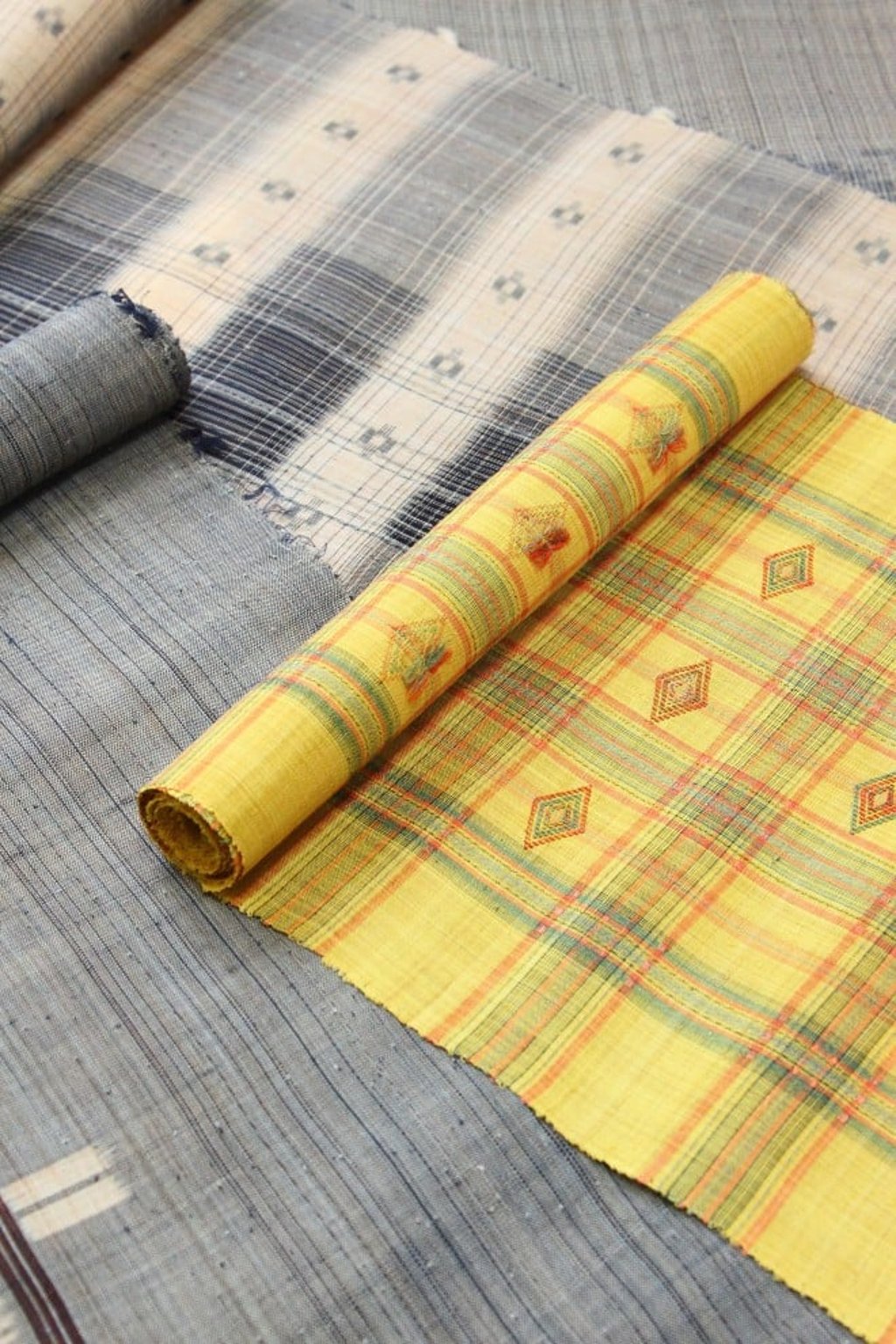Okinawa: where arts, culture and tradition come alive
- The Japanese island group is home to a number of unique arts and crafts, including Tsuboya-yaki pottery and textiles made from banana fibres
- Okinawa is also the birthplace of karate, soon to make its Olympic debut

[Sponsored Article]
Okinawa—with its 160 islands, only 47 of which are inhabited, surrounded by the East China Sea and the Pacific Ocean—may be among the smallest of Japan’s major prefectures. But what it lacks in size is more than made up for with its rich history, vibrant culture and time-honoured arts and crafts.

Once known as the Ryukyu Kingdom, Okinawa actively conducted trade with Japan, China, Thailand, the Philippines and other countries across Southeast Asia around the 14th to 16th centuries. Throughout the years the region’s unique way of life comprising food, crafts and performing arts came into its own and became the refined and sophisticated culture we know today.
Among the arts and crafts for which Okinawa is best known is yachimun, or “pottery” in the local dialect. The techniques used here are believed to date back to the mid-14th century, with various exchanges with China and Korea helping to elevate and advance the craft. By 1682 local kilns were consolidated in Tsuboya, which then became known as the birthplace of Tsuboya-yaki. Today, visitors can view a wide range of historic Tsuboya-yaki pieces—including roof tiles, decorative figurines and storage vats for awamori (a locally produced distilled liquor)—at the Naha Municipal Tsuboya Pottery Museum or check out yachimun shops and choose colourful items to take home in the narrow winding alleys of Naha’s Tsuboya Yachimun Street.
Textiles—and in particular bashofu¸which was designated as an Intangible Cultural Asset by the Minister of Education in 1974—are another vital part of Okinawa’s traditional culture. Bashofu, or Basho cloth, is produced in the small coastal village of Ogimi-son Kijoka in the northern part of Okinawa’s main island. Made from banana fibres (basho) and coloured with plant-derived pigments, bashofu is the only fabric in Japan that’s still made by hand and without any chemicals at any stage of the process. There are more than 20 steps involved from making the thread to weaving the cloth, and more than 200 trees are required to produce just one kimono. Visitors can observe the artisans at work and purchase small items at Bashofu Kaikan, where Living National Treasure Toshiko Taira works tirelessly to preserve this painstaking craft.
